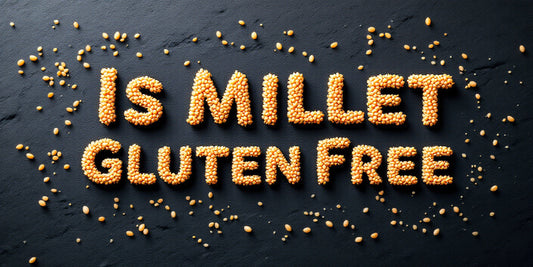

Paleo Diet Suppresses Appetite Better than Traditional Diet
Table of Contents
Paleo Diet Suppresses Appetite Better than Traditional Diet
by: Robbie Durand
Following a “Paleolithic-type” diet can reduce the risk of diseases such as cardiovascular disease, some cancers, diabetes, metabolic syndrome, and even osteoporosis and age-related muscle loss. Paleo diet consists of a good protein source with each meal (eggs, steak, chicken, fish, pork) along with some vegetables or fruit. Paleo diet also consists of consuming healthy fats such as avocado, a handful of almonds or walnuts, almond butter, olive oil, etc.
Many authors have argued that following a “Paleolithic-type” diet can reduce the risk of diseases such as cardiovascular disease, some cancers, diabetes, metabolic syndrome, and even osteoporosis and age-related muscle loss. A paleo diet has been shown to have potent health benefits with diabetics. For example, a study on diabetic patients instructed to transition from a standard diet to a Paleo diet showed a decrease in LDL and VLDL cholesterol as well as triglycerides, blood pressure, and fasting insulin, which dropped by 68%!
There is evidence for health benefits from ‘Palaeolithic’ diets; however, there are a few data on the acute effects of rationally designed Palaeolithic-type meals. Researchers this month found that the Paleo diet can significantly increase feeling of fullness compared to regular diets. Researchers investigated the acute effects of two Palaeolithic-type meals and a reference meal based on World Health Organization (REF) guidelines on blood glucose control, gut hormone responses and appetite regulation.
- Diet 1 was based on estimated range ratios for protein and fat that are typical of Hunter–Gatherers and contained no cereals or dairy products, as updated recently, although carbohydrate was slightly higher to allow matching across all three meals.
- Diet 2 was made with identical plant-based ingredients to Diet 1, but normalized to the REF for fat, protein and energy in addition to available carbohydrates, by changing the fish, nut and strawberry content.

The paleo mixed meals therefore consisted of fruit, vegetables and protein, but lacked starchy cereals, dairy products, legumes, and refined fats and sugars. In addition, although cooking of food was required, the plant material chosen for the study was used fresh, where possible, and minimal processing in terms of the plant structure was used. These were compared with a reference meal (REF) based broadly on the current WHO nutritional guidelines.
At the end of the study, the appetite suppressing hormones GLP-1 and PYY concentrations were significantly increased across 180 min for both paleo diets compared with the reference meal.
Using a randomized cross-over trial design, healthy subjects were given three meals on separate occasions. Diet 2 and REF were matched for energy, protein, fat and carbohydrates; Diet 1 contained more protein and energy. The researchers also measured the appetite suppressing hormones GLP-1, and PYY.

At the end of the study, the appetite suppressing hormones GLP-1 and PYY concentrations were significantly increased across 180 min for both paleo diets compared with the reference meal. The Paleo diets also increased the incretin hormones GIP. Incretins are a group of metabolic hormones that stimulate a decrease in blood glucose levels. Consumption of meals based on Palaeolithic diet principles resulted in significant increases in incretin and anorectic gut hormones and increased perceived satiety. Surprisingly, this was independent of the energy or protein content of the meal and therefore suggests potential benefits for reduced risk of obesity. A preliminary acute-effects study is consistent with the view that rationally designed Palaeolithic-type meals based on modern foods show potential for delivering benefits in the reduced risk of obesity and even T2D. The findings presented here suggest that this may be mediated through the actions of the appetite suppressing hormones PYY and GLP-1, which were increased on the Paleo diet.
ligh HF, Godsland IF, Frost G, Hunter KJ, Murray P, MacAulay K, Hyliands D,
Talbot DC, Casey J, Mulder TP, Berry MJ. Plant-rich mixed meals based on
Palaeolithic diet principles have a dramatic impact on incretin, peptide YY and
satiety response, but show little effect on glucose and insulin homeostasis: an
acute-effects randomised study. Br J Nutr. 2015 Feb 28;113(4):574-84.

















